by Donna Klein
Real or Illusion?
With the help of a straight front corset, the S-curve silhouette was the style of the day from 1901-1910. This silhouette reached its most extreme in 1904 and 1905. This is the silhouette that Charles Gibson used when creating his ‘Gibson Girls.’ But, illustrations appear to be far from the reality. Women were not walking around with lordosis (swayback). Trying to walk around with this kind of posture surely would have been tiring and painful! So, how did the S-curve (or S-bend) corset help women attain that shape?
The straight front corset did cause the female silhouette to change drastically, but the following description found in “The S-Bend in Context by Marion McNealy” puts its design into context.
In consequence of the general adoption of the straight front corset the outline of the figure has changed materially, presenting an aspect quite different from that of several years ago. At present, there is no curving in or tapering at the waist-line in front and curving out again over the abdomen. The correct form, not only to be up to date but also to be hygienic, should have a straight line from the bust to the abdomen. Above the waist-line the body must be in no way constricted; this not only gives more room for the digestive organs, but the breathing apparatus is freer and permits the lungs to be inflated properly. From this greater freedom in breathing the chest is involuntarily thrown forward, this movement unconsciously straightening the shoulders.
The Busk Effect, and the New Waist-line, Delineator, September 1902
Unlike the curved bust corset, the S-curve corset uses the anterior line of the body’s trunk as the departure point, allowing for better alignment of the body because only the lower front of the body was constricted. The chest was left free and much of the abdominal cavity was left unconstricted. The curved front corset popular during much of the Victorian era constricted a women’s body into an hourglass formation that used the whole front of the body to achieve this, causing more pressure on a women’s entire trunk.
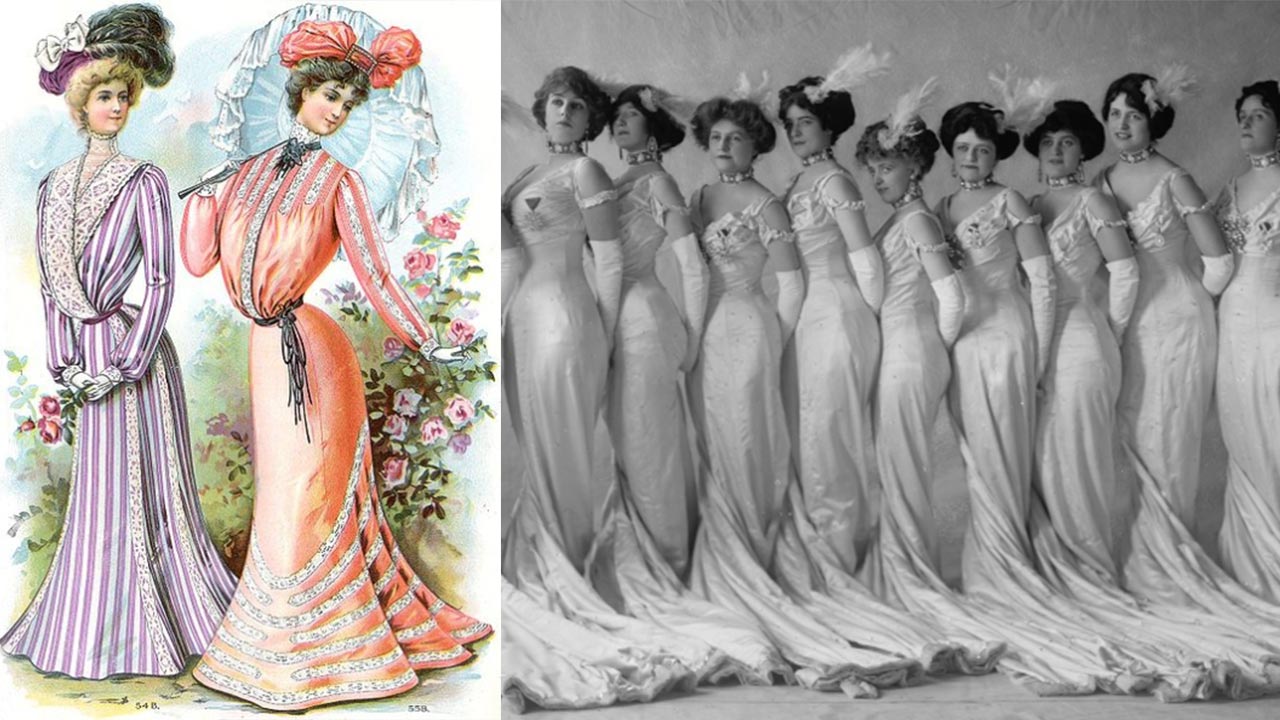
Left illustration: The Delineator August 1901;
Right photo: Actresses from “King of Cadonia”, 1909 LoC 16389
So, how was the look achieved? Much of that is thanks to the ‘pouter pigeon’ (loose, resembling the puffed chest of the pouter pigeon) front and a skirt that fit smoothly over the hips. The chest, being free, aligns slightly forward even without the ‘pouter pigeon’ effect, and the shoulders are pulled back. But, there is no lordosis, that was an illusion created by the illustrator’s pen.
Resources
http://foundationsrevealed.com/index-of-articles/free/intermediate/180-the-s-bend-in-context
http://thepeacockdress.com/2015/02/the-edwardian-silhouette-emerges/
http://www.fashion-era.com/la_belle_epoque_1890-1914_fashion.htm#The Edwardian Silhouette 1900-1907




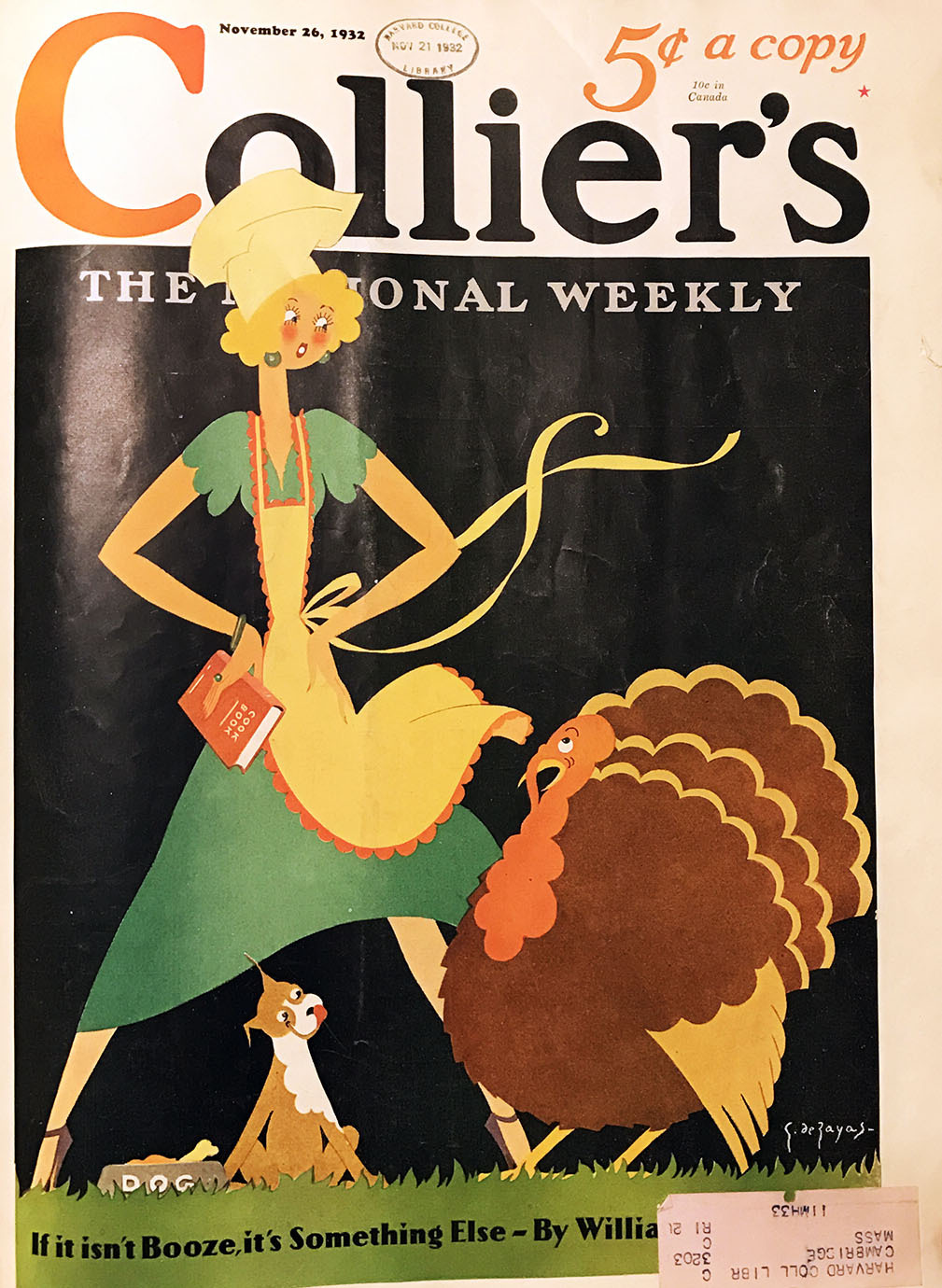
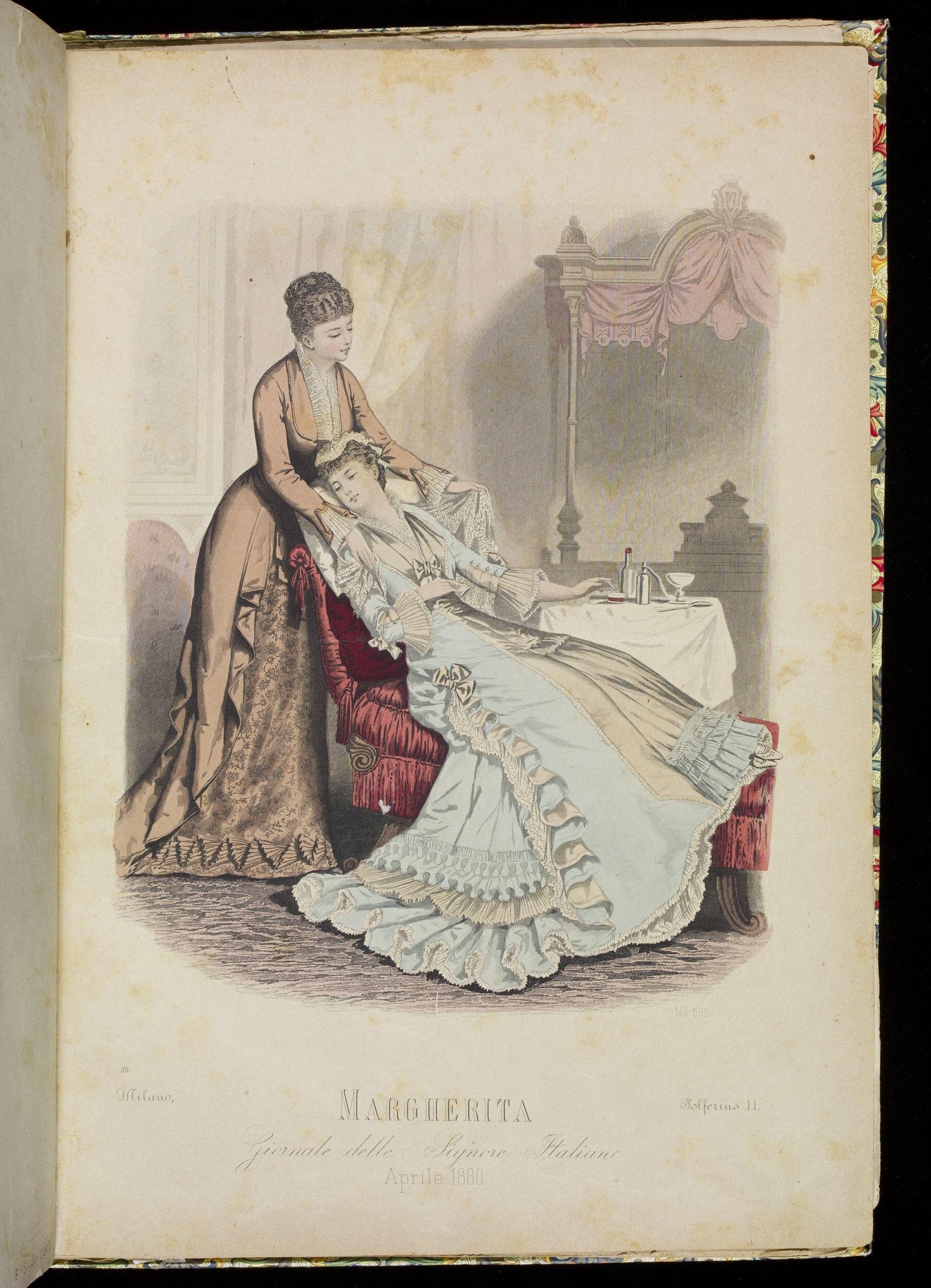


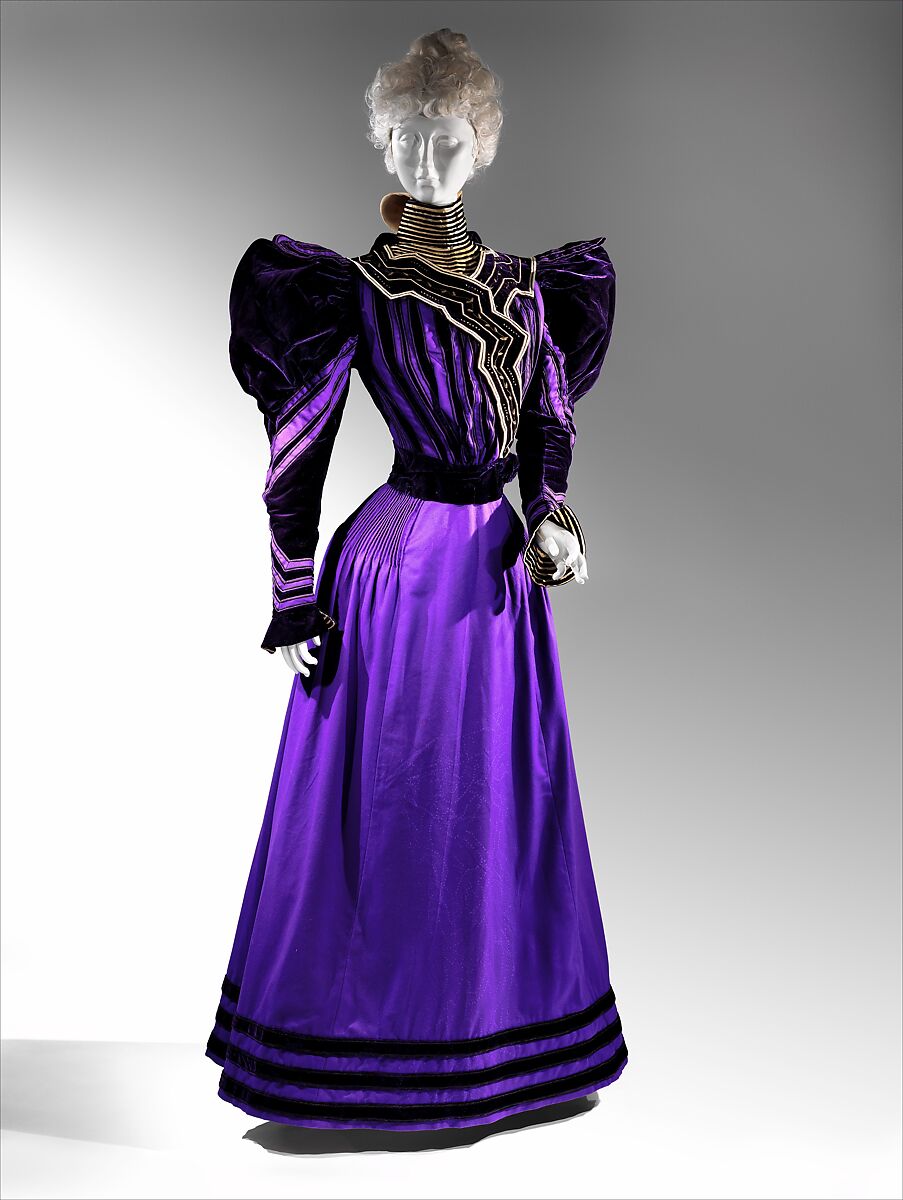


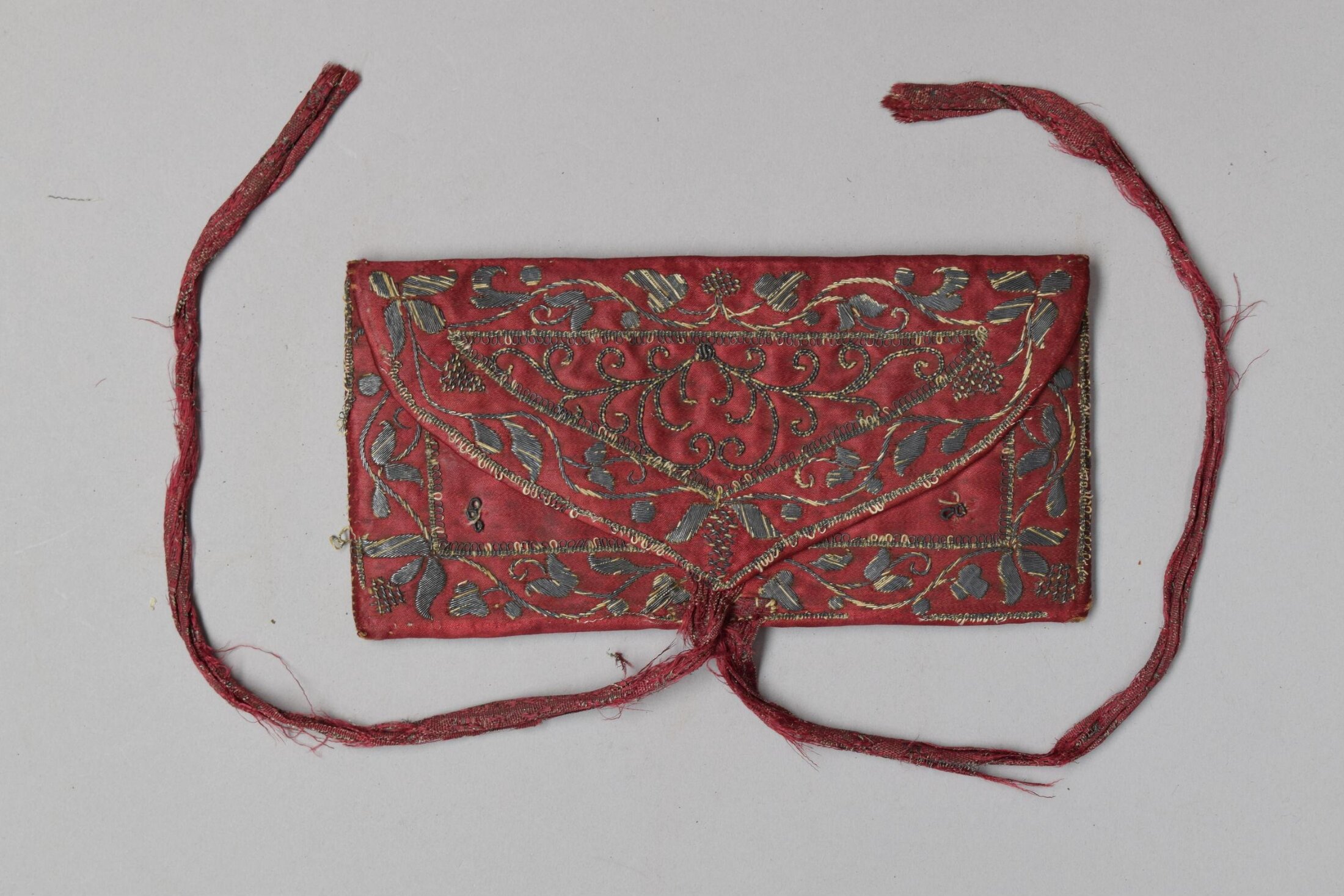
Leave A Comment